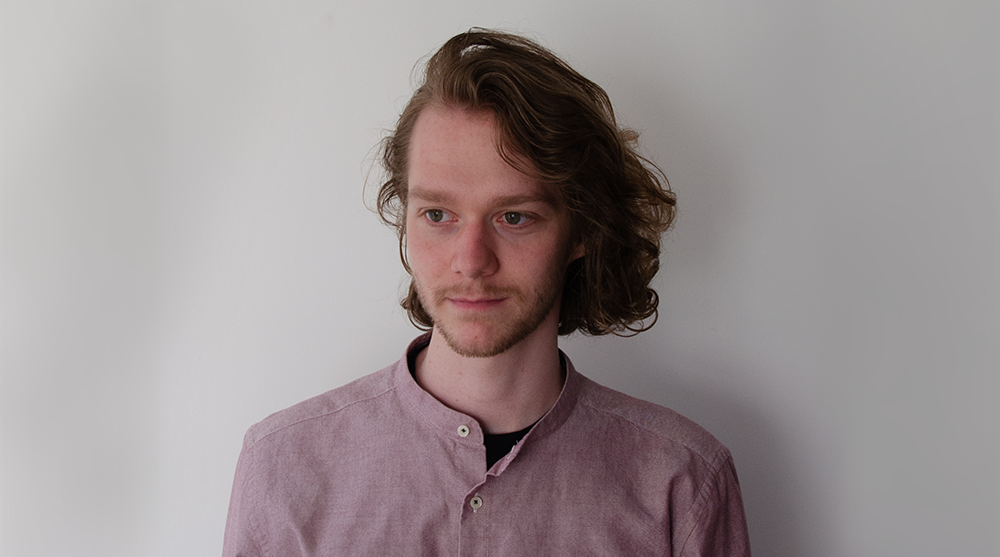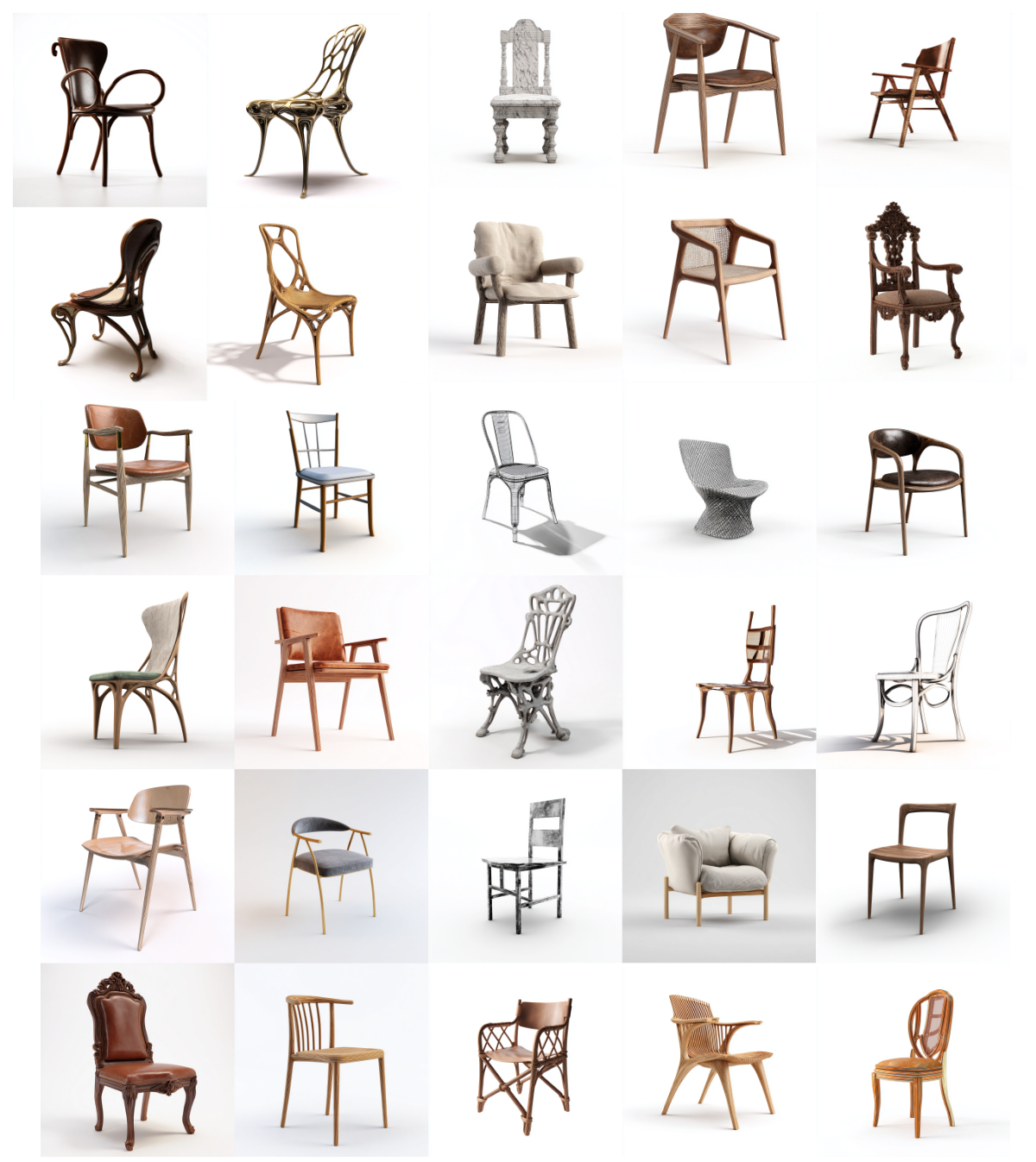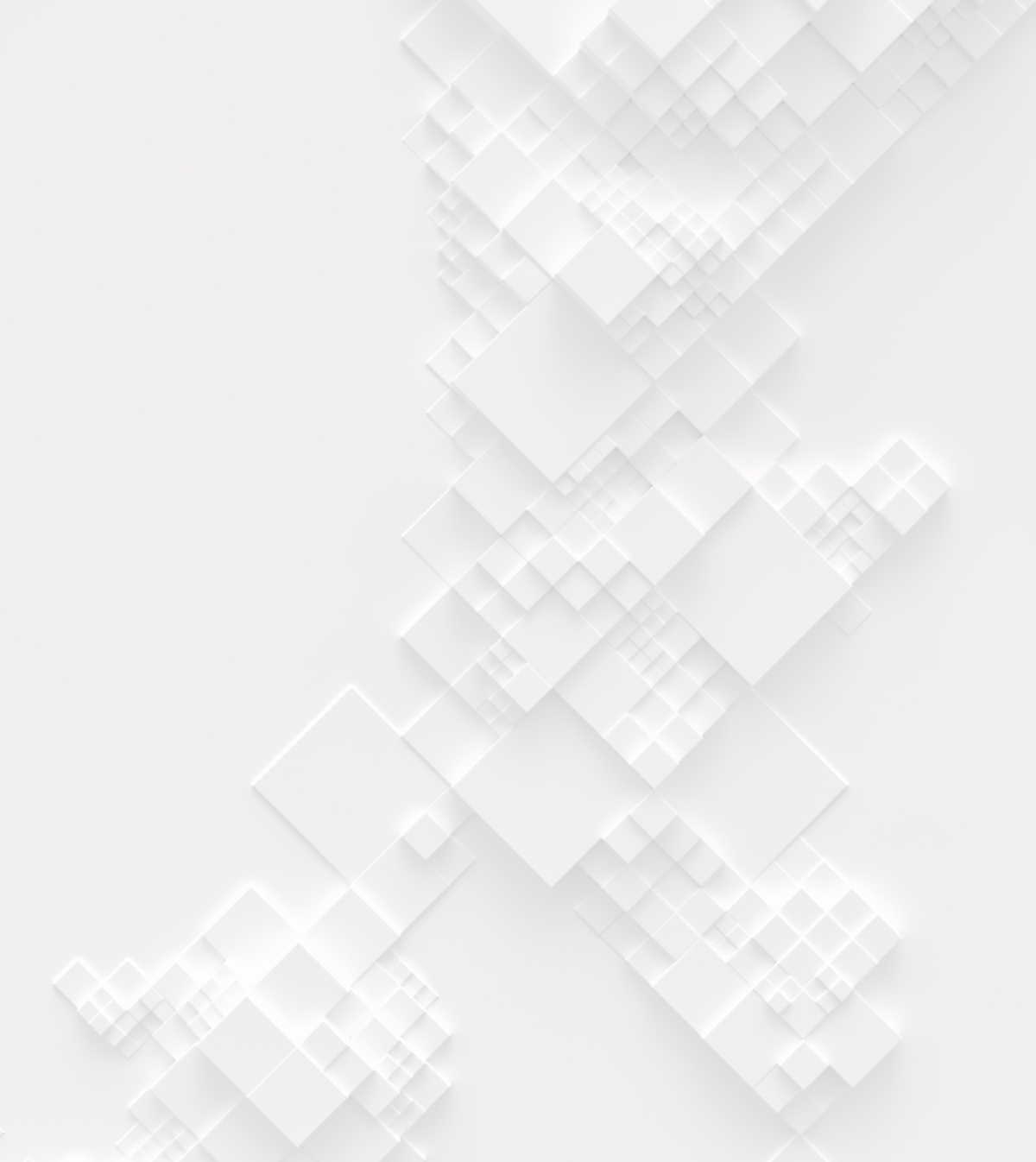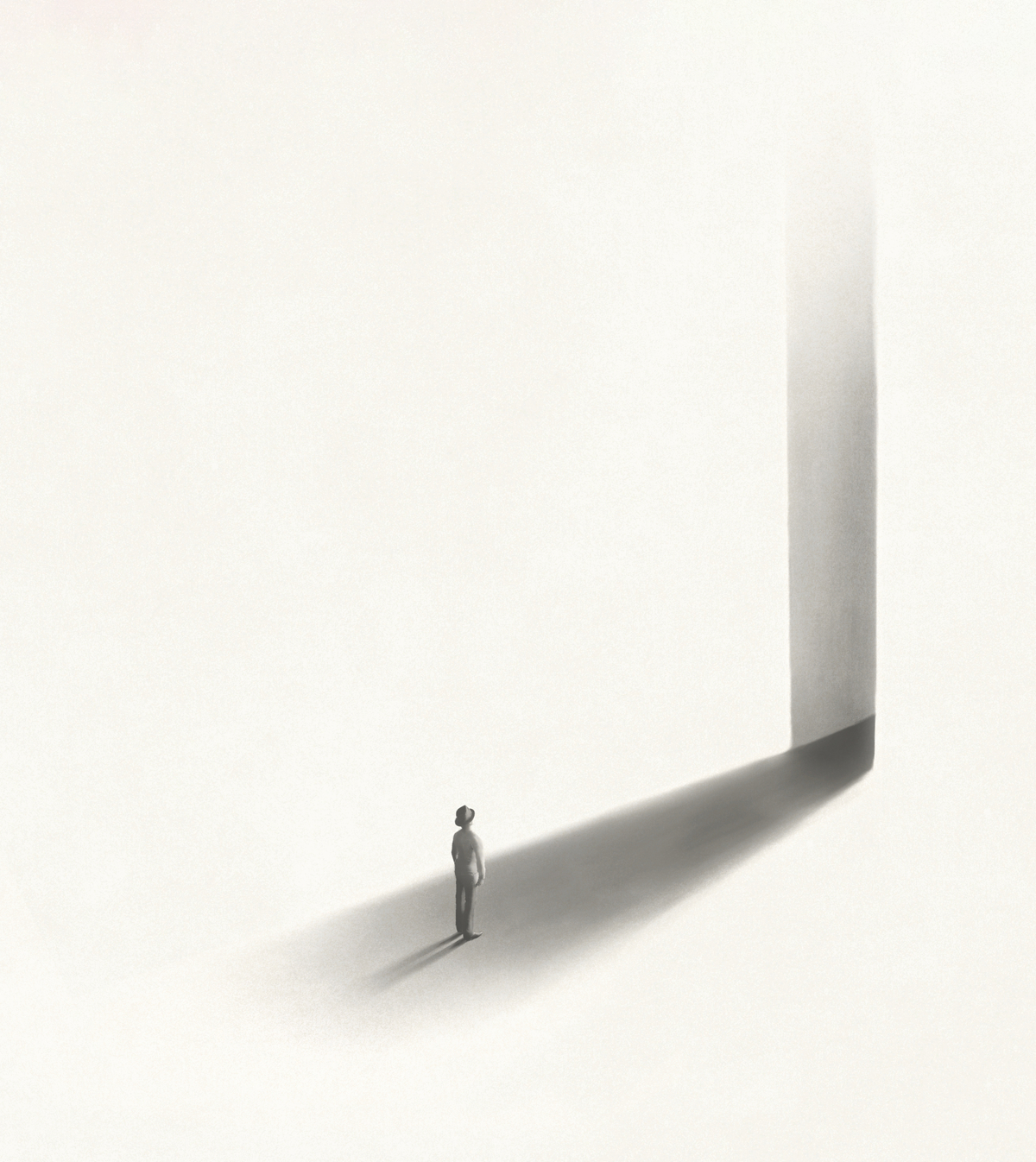We’d like to take the opportunity to introduce you to one of our Honorable mention winner for our “The Last Nuclear Bomb Memorial ” competition – Julian Besems from United Kingdom!

Julian Besems from United Kingdom
One year ago, I graduated from the Architecture Masters programme at the Bartlett School of Architecture, UCL, London, UK, and also from the Computing Science Bachelor programme at Radboud University, Nijmegen, the Netherlands. Because of this shared background in architecture and computer science, the projects I completed throughout my master's degree were centred around exploring ways in which computational processes can be integrated into design methodology in a fundamental way, used to inform design decisions, rather than applying computational methods for complex form-finding purposes.
After graduating, I have been teaching as a design tutor for Research Cluster 11, part of the B-Pro Urban Design Masters programme at the Bartlett. Together with my two colleagues and the students of the cluster, we have been exploring the application of computation and, specifically, machine learning methods to reimagine the future of central business districts. More recently, I have also started a position at Balmond Studio in London.
Brief information about the projects that you/your company have been involved with. For instance, what scale have you focused on/preferred, any significant projects where the company/ individuals have been involved?
My graduation project revolved around the premise of applying the theory of recommender systems to an architectural context. Recommender systems greatly influence the way in which we navigate the digital realm, be it the music we listen to, the pictures we view, or the online shopping choices we make. The core of the project was to investigate how this technology could be applied in a physical space, and through that create an architecture to accommodate this. The medium upon which the algorithm was applied was the entire art collection of TATE and MoMA, which was rearranged based on the visual qualities of locations in Venice, derived from 200,000 geotagged photos taken in Venice. The result was a collection of 1297 art galleries housing the newly curated collections, where each gallery is fully generated based on the art it houses. The result is an architectural recommendation of an art gallery in a certain location, centred around an art collection curated around its context. In that sense, the project abstracted architectural design, deviating from the convention of being a singular instance, but rather proposing a way of designing where the design principles remain, but the outcome can have a multiplicity depending on its context.
What does architecture mean to you and what is the role of an architect in your society?
Architecture as a discipline interests me due to its many facets. For me, it is a means to combine the natural sciences and creativity, both fields I enjoy and strive to pursue simultaneously. Additionally, the social and cultural circumstances architectural designs have to take into account add another layer of responsibility, but also a complexity I enjoy. I tend to approach a design project as an intricate puzzle that can never truly be solved, but the challenge is to find a proposal that addresses all of the involved issues as well as possible. This also means that I think the role of an architect in today’s society should go beyond the production of a design that is purely optimised for the client. The architect has a responsibility to the entire society involved with the building, and thus should always take into account how the quality of life of that society as a whole is impacted by the design and its realisation. As such, I believe a piece of architecture should not be viewed as a product in a capitalist sense, but rather as a vital resource to facilitate the life of the society it is surrounded by in the best way possible.
Why do you participate in architecture competitions?
My primary reason for participating is to actively stay involved with design-driven architectural design, next to my teaching role at the Bartlett and architectural assistant responsibilities at Balmond Studio. Throughout my studies, and to an extent my current professional responsibilities, the projects I did were primarily driven by a research methodology. Because of this, the design decisions were based on a theoretical exploration, rather than a pure design-centred approach. Competitions offer a way to explore projects where the design stands central instead of the research hypothesis.
What advice would you give to individuals who struggle to decide whether it would be beneficial for them to participate in architecture competitions?
First of all, I think they can be good fun, especially when working with a group of friends. The projects I have enjoyed the most were competitions completed with friends during my time at university. Additionally, I think it is always good to develop designs across a wide range of different typologies and briefs, for which competitions are an outstanding opportunity due to the large variety. They also often offer a high degree of creative freedom. Finally, I think architectural practice always has a competition element, and presenting your design in a convincing way is an essential skill. Therefore, competitions offer a great way of improving yourself, and to see how your designs are evaluated in the contemporary critical discourse of the profession.
Top 3 Reasons Why You Should Enter Architecture Competitions
Curious about the value of architecture competitions? Discover the transformative power they can have on your career - from igniting creativity and turning designs into reality, to gaining international recognition.
Learn more



























